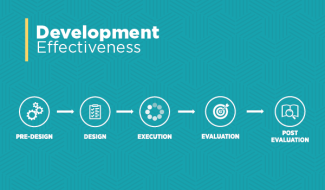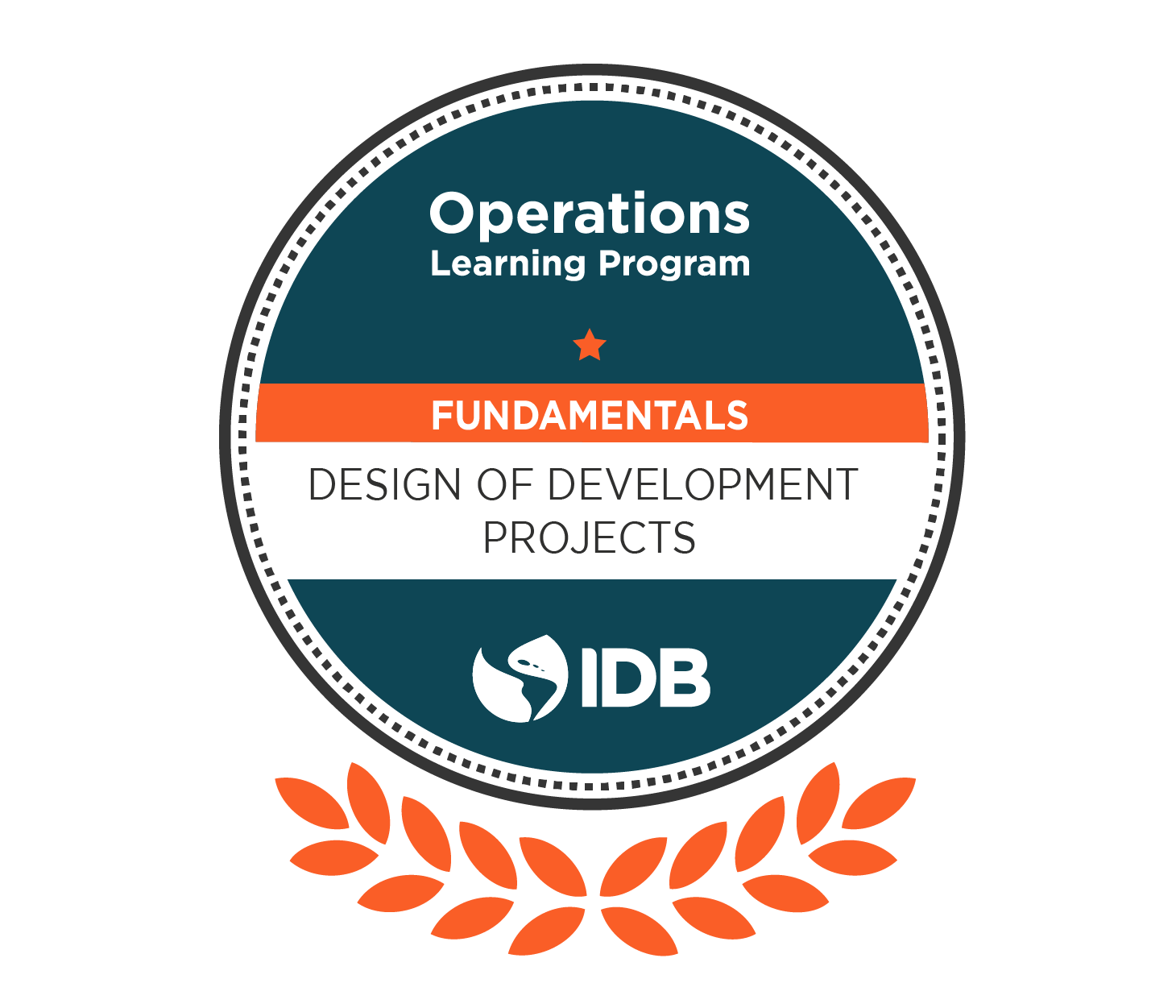

Development Effectiveness
WHY? IDB investments need to produce tangible and positive results in the lives of beneficiaries and address the most important development challenges facing our 26 borrowing members in Latin America and the Caribbean. The Development Effectiveness Framework (DEF) was approved by the Board of Executive Directors in October of 2008 to enhance performance, accountability, and continuous learning of IDB investments.
HOW? The Development Effectiveness Framework promotes good practices for design, implementation, and evaluation of projects in four success factors:
| Alignment | It promotes a country-specific and Bank-wide strategic approach to solve relevant development challenges. | Visit the Institutional Strategy website |
| Effectiveness | It ensures project design is based on evidence-based needs and solutions. It also ensures projects set clear verifiable objectives and establish monitoring and evaluation mechanisms. | Visit the impact evaluation portal |
| Efficiency | It safeguards resources by ensuring project benefits exceed costs. It promotes cost-effective interventions. | Visit the economic evaluation portal |
| Risk and sustainability | It encourages proper project risk management and the establishment of favorable conditions for the continuation of project's results. | Visit our risk management knowledge area |
WHEN AND WHAT? The DEF establishes a set of instruments to promote good practices
At the pre-design stage
| Before projects are designed, the IDB Group identifies development needs in dialogue with the country and prioritizes development objectives. The Institutional Strategy (IS) serves as the Group's core strategic guidance. Monitoring of the strategy is carried out through the Corporate Results Framework (CRF), which is the highest-level tool for monitoring performance and achievement of the Group's strategic objectives and targets. |
At the design stage
| The Development Effectiveness Matrix (DEM) | The DEM is a checklist of good practice standards for projects. It promotes project alignment, a focus on evidence-based needs and solutions. It also ensures project benefits exceed costs and the establishment of appropriate monitoring, risk management, and evaluation mechanisms. |
During project execution
| The Progress Monitoring Report (PMR) | The PMR is a semiannual report which allows for the frequent comparison of intermediate results to preestablished targets. Monitoring promotes effectiveness and efficiency by warning project teams of potential problems during execution. | Find resources on our PMR website |
At the evaluation stage
| The Project Completion Report (PCR) | The PCR is a document which records the achievement of project objectives. It also records team reflections on what worked and what did not. The purpose of evaluation is to enable key stakeholders to learn and provide credible information on project performance for accountability. | Find resources on our PCR website |
At the post-evaluation stage
| After a given operation is evaluated, it feeds into the IDB's continuous efforts to learn from its operations and derive knowledge on how to promote development in the region. The Development Effectiveness Overview (DEO) highlights lessons learned from projects as well as the Group’s contribution to development and how it is performing compared to its targets. | Visit our DEO website |
